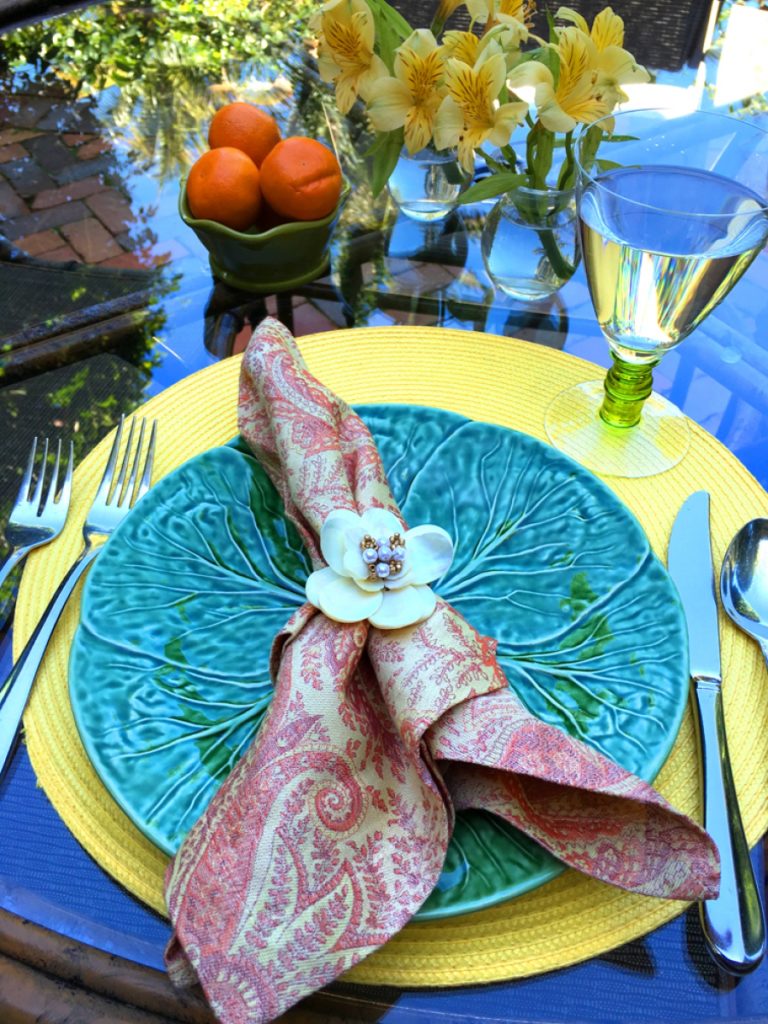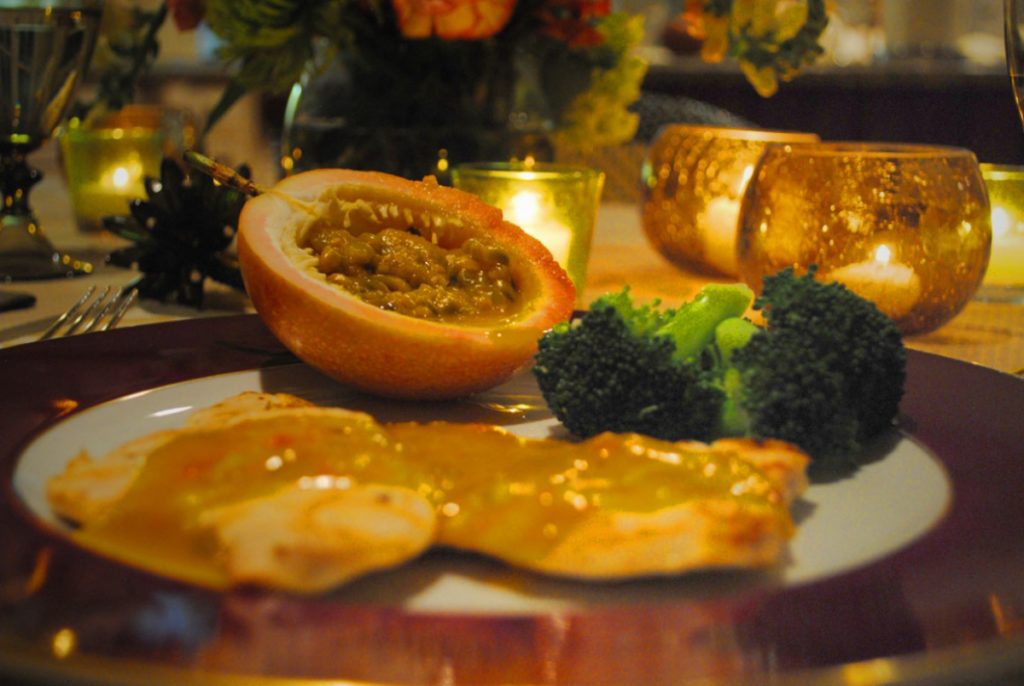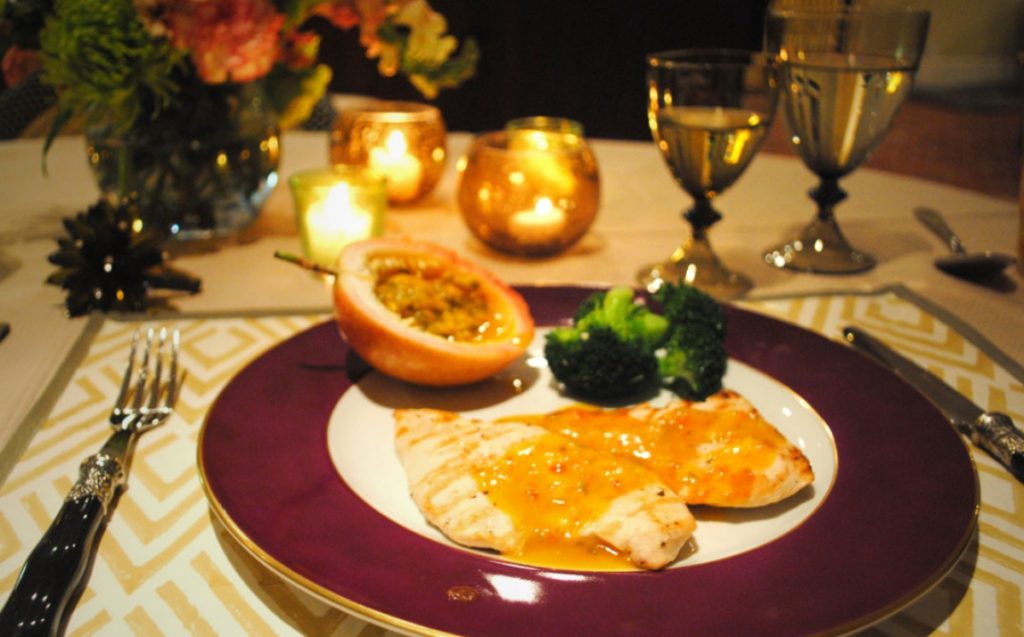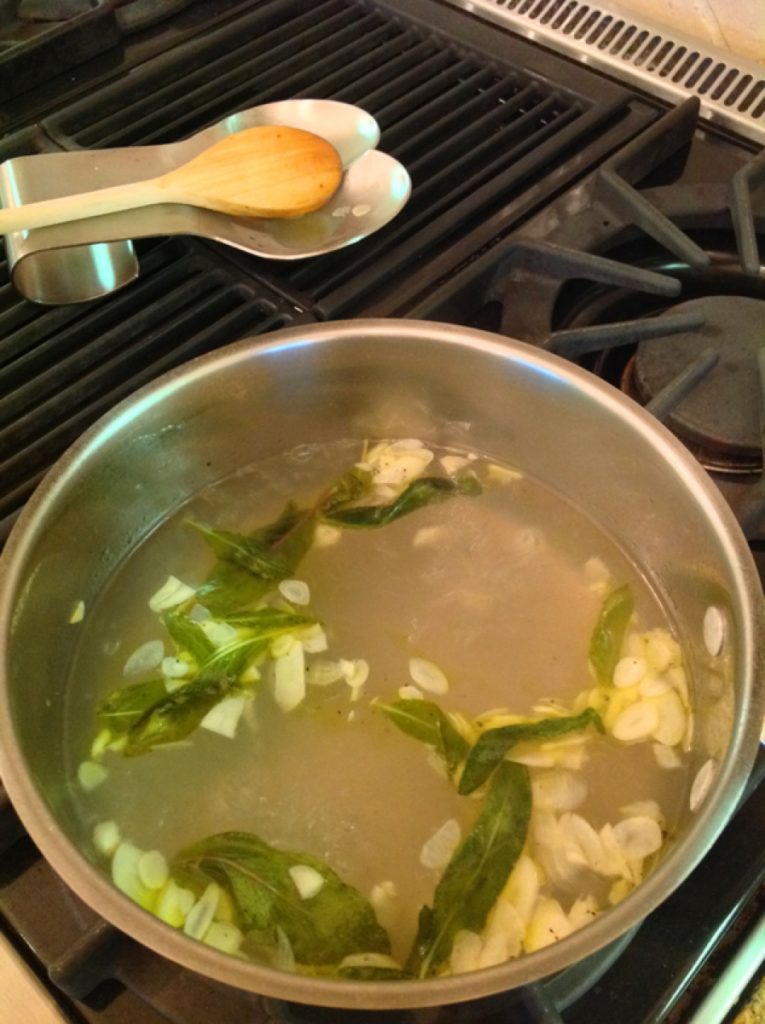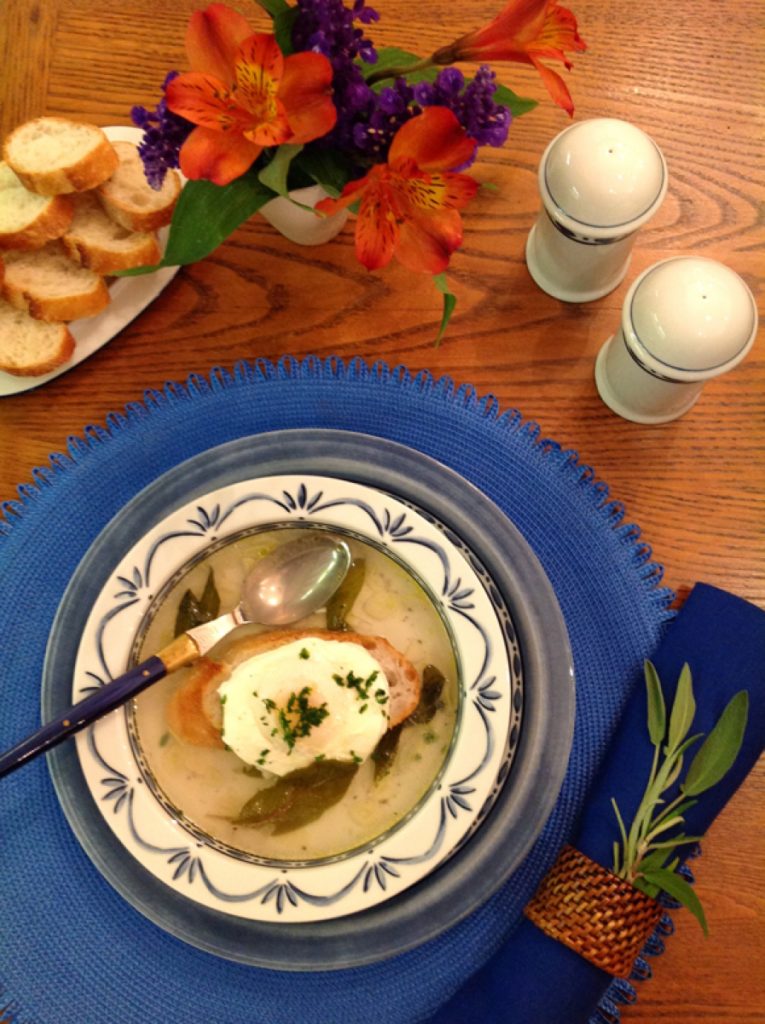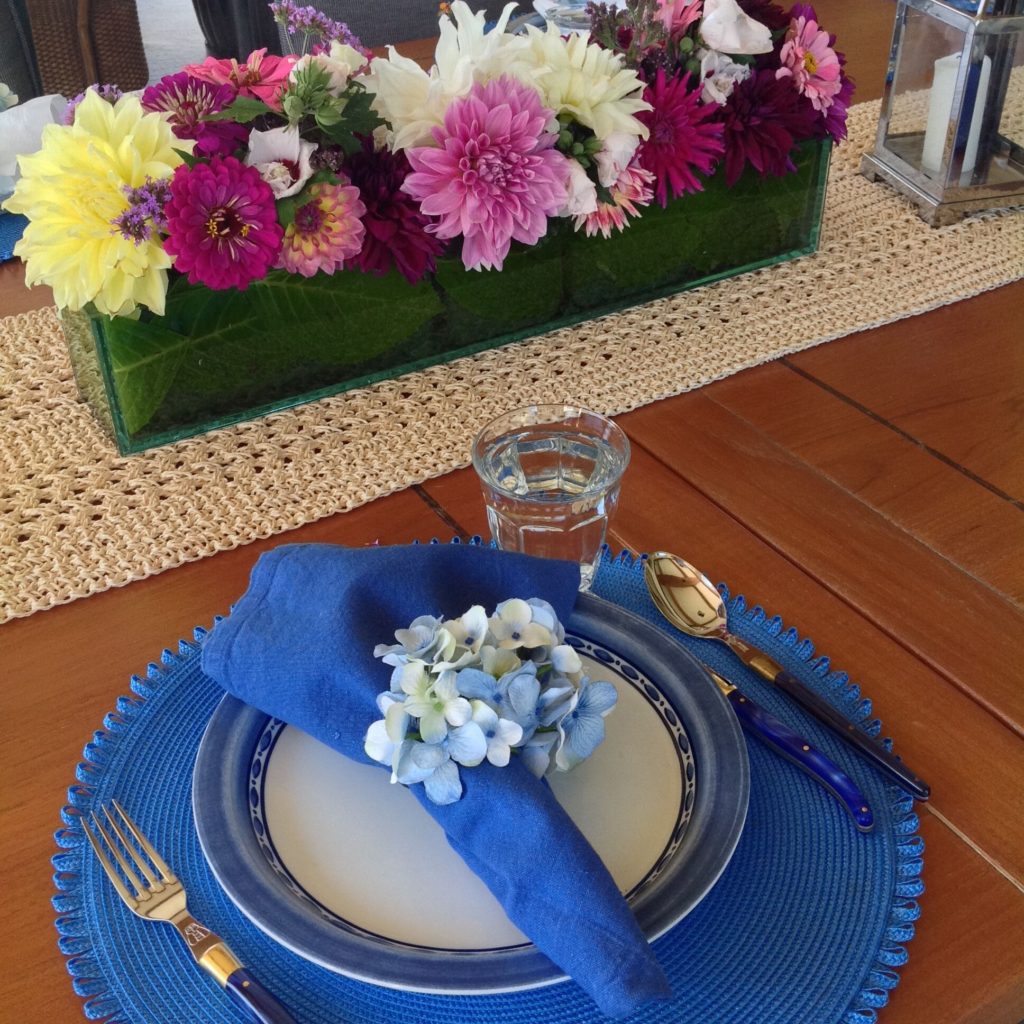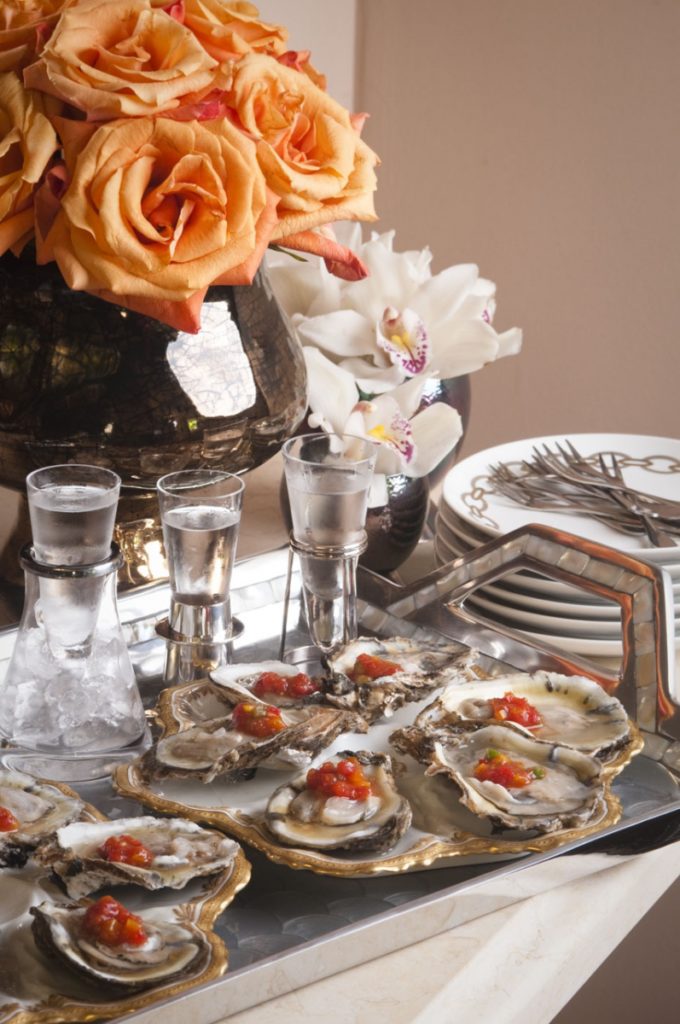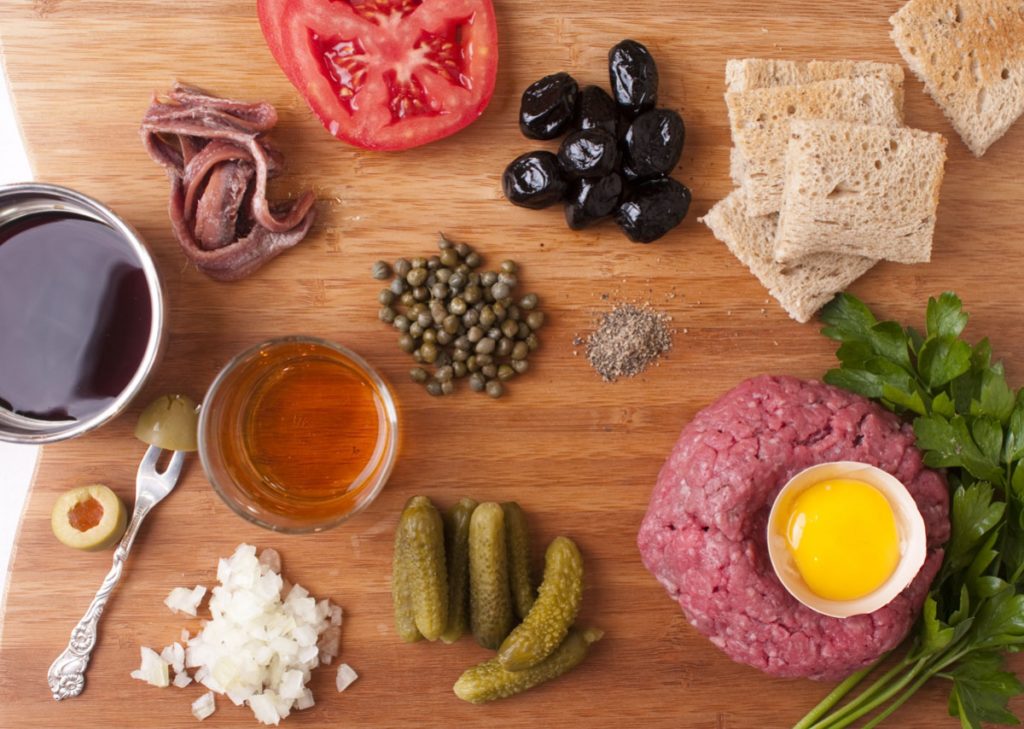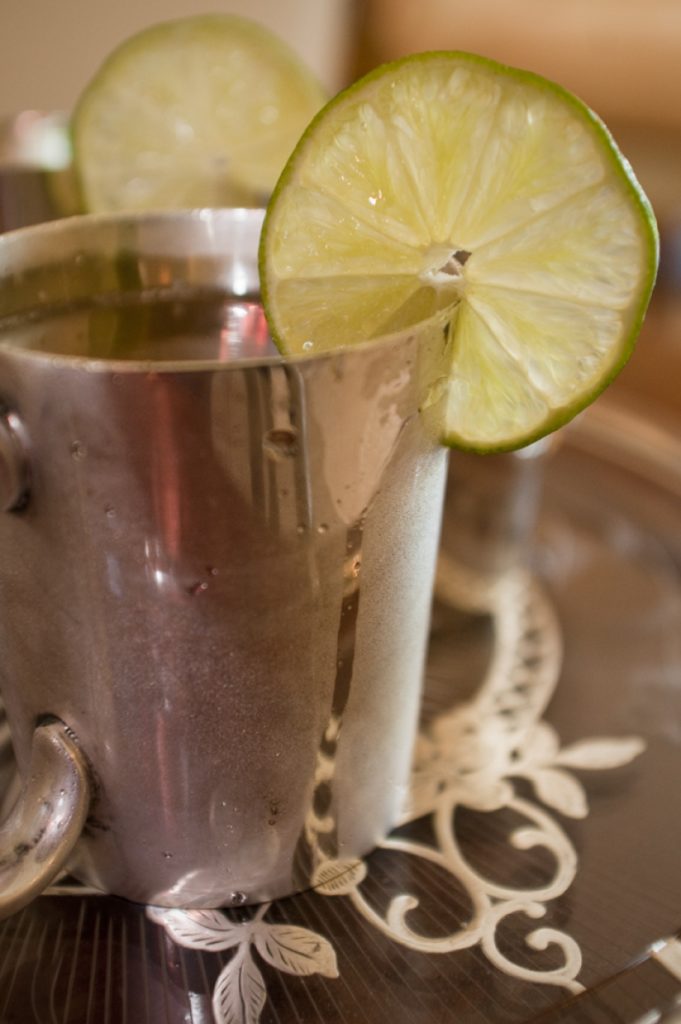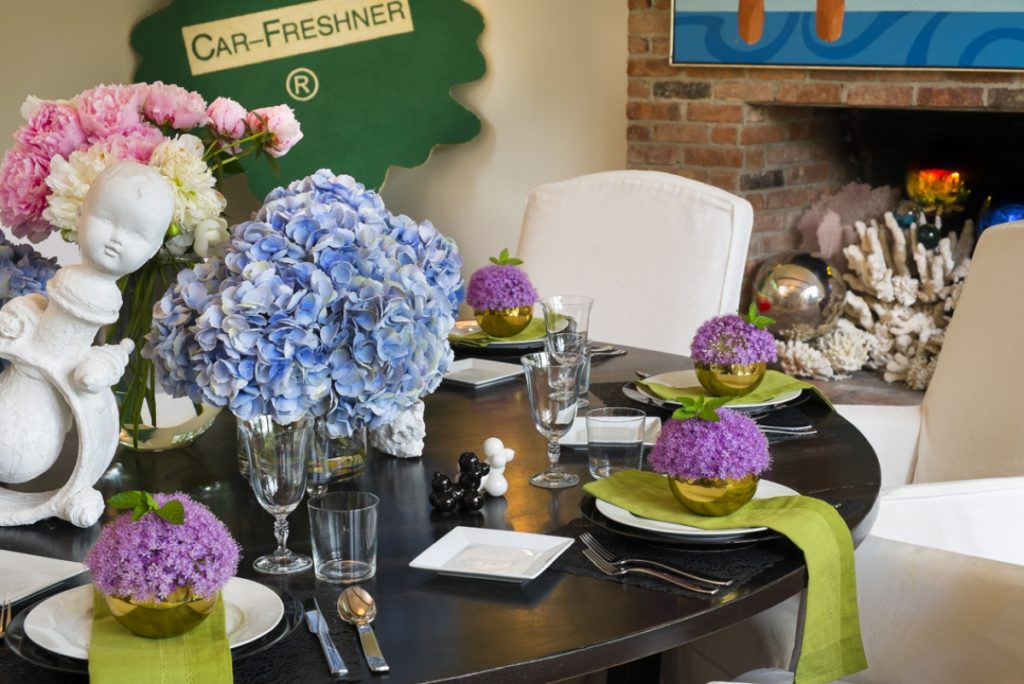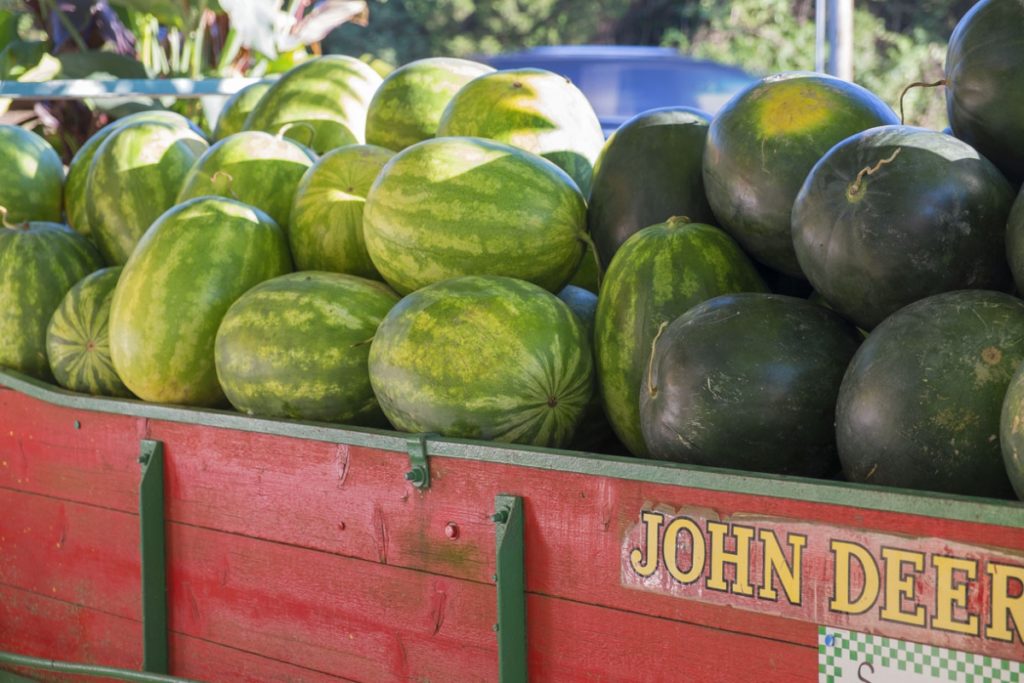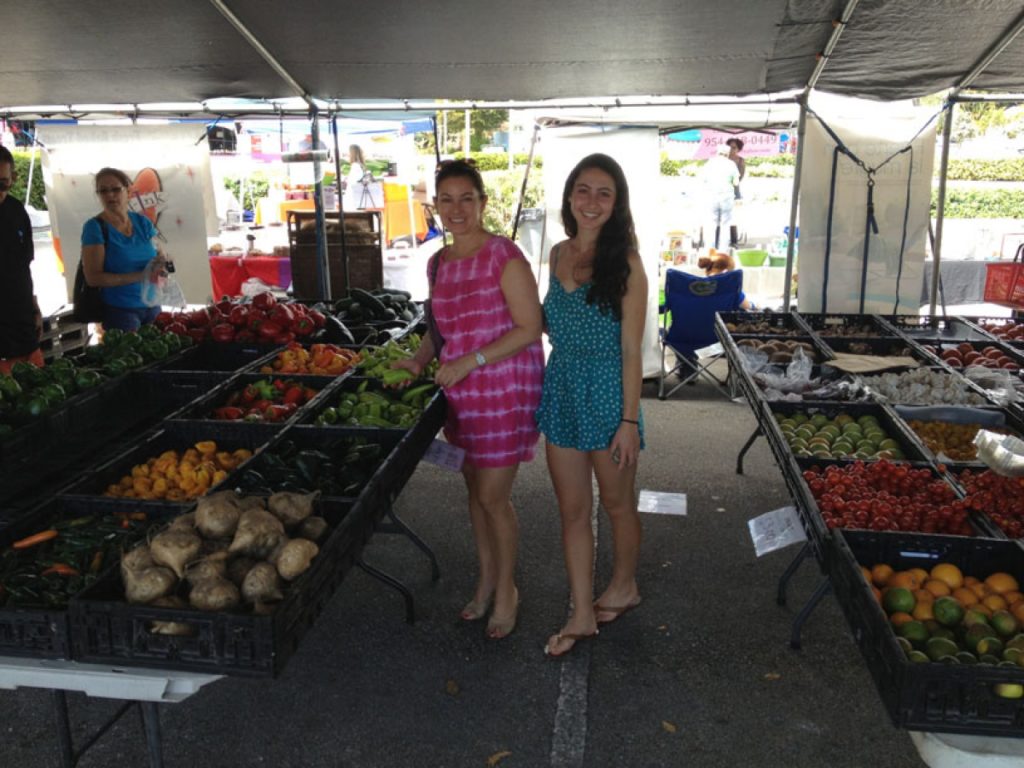The annual celebration of Ireland and its patron saint arrives each year on March 17th. For me, this brings back fond memories of attending the St. Patrick’s Day Parade in New York City with my family, wearing green bows in my hair and having brunch at the Metropolitan Club, where we would later climb out onto the window sills to catch the last few moments of the parade. It was the one day of the year that we feasted on corned beef and cabbage, potatoes in a dizzying array of presentations and lots of dessert. The buffet was endless and the food coloring would turn our lips and tongues green, transforming us all into magical leprechauns.
Since living in Palm Beach I haven’t gotten back to see the parade in many years, and the Metropolitan Club, sadly, no longer offers brunch in its beautiful west lounge, a ballroom out of the Gilded Age. Instead, I’ve hosted many gatherings—in school and at our home—for my daughters and their friends. Now that the girls are both away at college, I’m thinking of hosting a small dinner—not because I love green clover–covered crafts or recipes with green dye; those things don’t inspire me much. My motivation is that some dear friends, who happen to be Irish, have just moved quite close to us and this will be their first St. Patrick’s Day in Florida. For me, that’s a great reason to go green.
As Carolyn Roehm says, inspiration comes from anywhere and everywhere. In addition to wanting to host our friends, I recently found these wonderful plates at a local Tuesday Morning shop, and they encouraged me to revisit an old post on Carolyn’s blog, where she features a table set in various shades of green on a striped tablecloth. It’s as lovely as I recall. I adore the tablecloth and will certainly go to my local remnant shop for a similar (and less expensive) version. I’m dreaming of the perfect floral arrangement: white calla lilies, long stalks of bells of Ireland, and hydrangeas—a combination that will be a beautiful ode to Ireland with a little Hamptons Entertaining thrown in.
There will be no shamrocks or leprechauns on this table: the effect will be something festive yet sophisticated. I’ll welcome guests with an Irish mule recipe I discovered at the Hard Rock Cafe, have some Celtic music playing in the background, and serve a creative, healthful take on few popular Irish dishes—I’m all set! To add a touch of whimsy to the evening, I pulled out some boas and beads left over from a Mardi Gras party I hosted, and I willbutton my guest as they arrive with a “Kiss Me I’m Irish” pin—it’s like mistletoe at Christmas and all in good fun.
